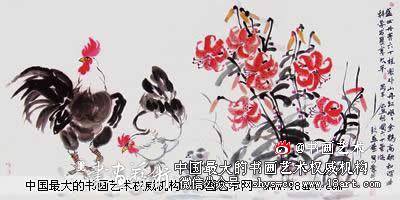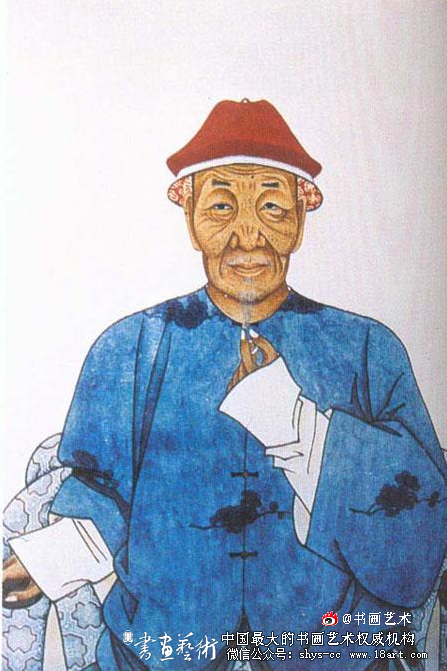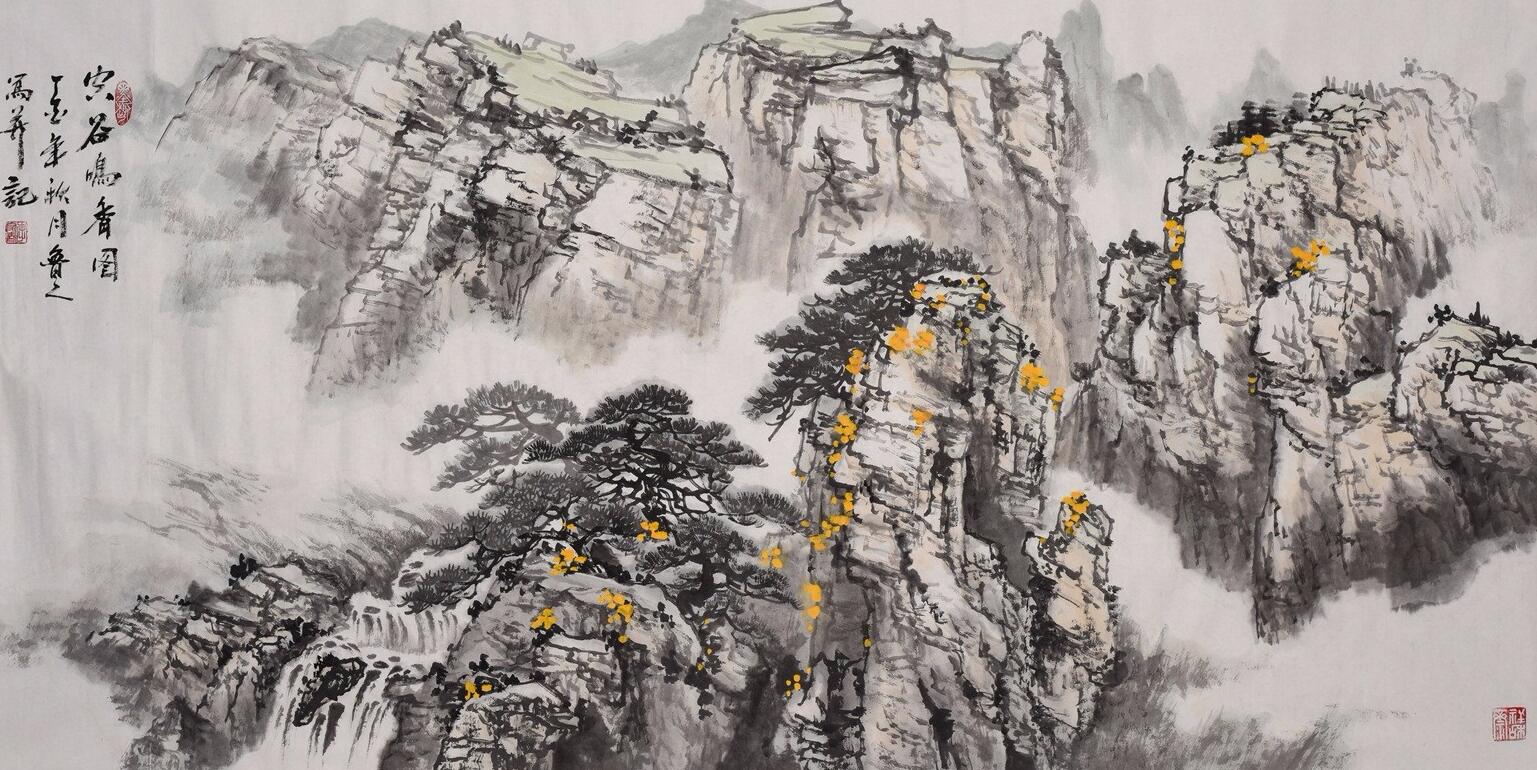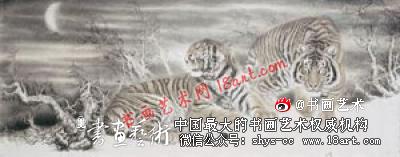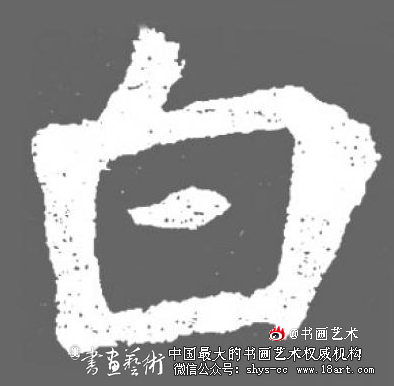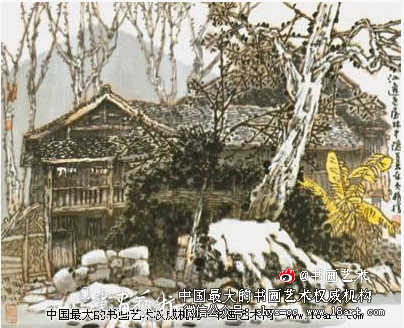大麗和和花耀高级珠宝系列:大地之耀
大家好,相声中的说学逗唱分别怎么练「相声是门艺术讲究说学逗唱」很多人还不知道,现在让我们一起来看看吧!
Speaking,Imitating,Teasing, and Singing in Crosstalk
(Learn to spread China and Chinese cuIture in EngIish)
crosstalk, known as Xiangsheng in Chinese, is a traditional comedic performance in the form of a dialogue or, much less often, a monologue or, even less frequently,a multi-player talk show. The language, rich in puns and allusions, is used in a rapid,bantering style. Modern Crosstalk is made up of four skills- speaking, imitating,teasing, and singing. By vivid and rich descriptions of characters and events, it is intended to express thought-provoking things behind the humor.
“crosstalk”在中文中被称为相声,是一种传统的喜剧表演形式。表演主要以双口、有时以单口、偶尔以多口形式进行。其语言运用大量的双关语和典故,具有快速、诙谐的风格。现代相声由四种技能组成:说、学、逗和唱。通过对人物和事件的生动而丰富的描述,旨在表达幽默背后发人深省的东西。
The term “crosstalk” originally referred to the act of imitating someone's speech and actions. It took the shape as an independent art form during the Xianfeng reign of Qing Dynasty. From the late Qing Dynasty to the early years of the Republic of China, crosstalk art has made great advances both in content and in skills. After the widespread use of Mandarin from 1949, the popularity of crosstalk increased throughout the People's Republic of China. It is a standard feature of CCTV's annual New Year's Gala and other popular performing arts shows in China.
“相声”一词最初是指模仿某人的言语和行为。它在清代咸丰年间成为一种独立的艺术形式。从清朝末年至民国初年,相声艺术在内容和技巧上都取得了巨大的进步。自1949年开始广泛使用普通话后,相声在中华人民共和国的普及程度有所提高。它是中央电视台一年一度的春节联欢晚会和其他中国流行艺术表演中必不可少艺术节目。
Crosstalk artists are now highly respected and recognized as folk artists. In early years, street crosstalkers in Beijing's Tian Qiao area included Zhu Shaowen (“Qiongbupa”, not-fearing poverty) and Li Dexi (“Wanrenmi”, adored-by-ten-thousand- people ). They wrote and performed many popular pieces, making indelible contributions to the development of this art form. Although Beijing was home to the crosstalk, the port city of Tianjin was a place where crosstalkers must go to perform. Gradually, Tianjin became a place where any new pieces had to be first performed and recognized before being staged in Beijing.
相声艺术家现在受到高度尊重,被公认为民间艺术家。早年,北京天桥地区的街头相声者包括朱绍文(“穷不怕”,不怕贫穷的意思)和李德钖(“万人迷”,万人崇拜的意思)。他们创作并表演了许多深受欢迎的作品,为这一艺术形式的发展做出了不可磨灭的贡献。虽然北京是相声的发源地,但港口城市天津逐渐成为了任何新的作品在北京上演之前都必须先被表演和认可的地方。
声明:文中的英文取材于孙立新主编、中国海洋大学出版社出版的《中国文化要览》。著作权属于原作者,本资料室借用相关英文材料,旨在促进中国文化的宣传和普及。如有侵权,联系删除。


